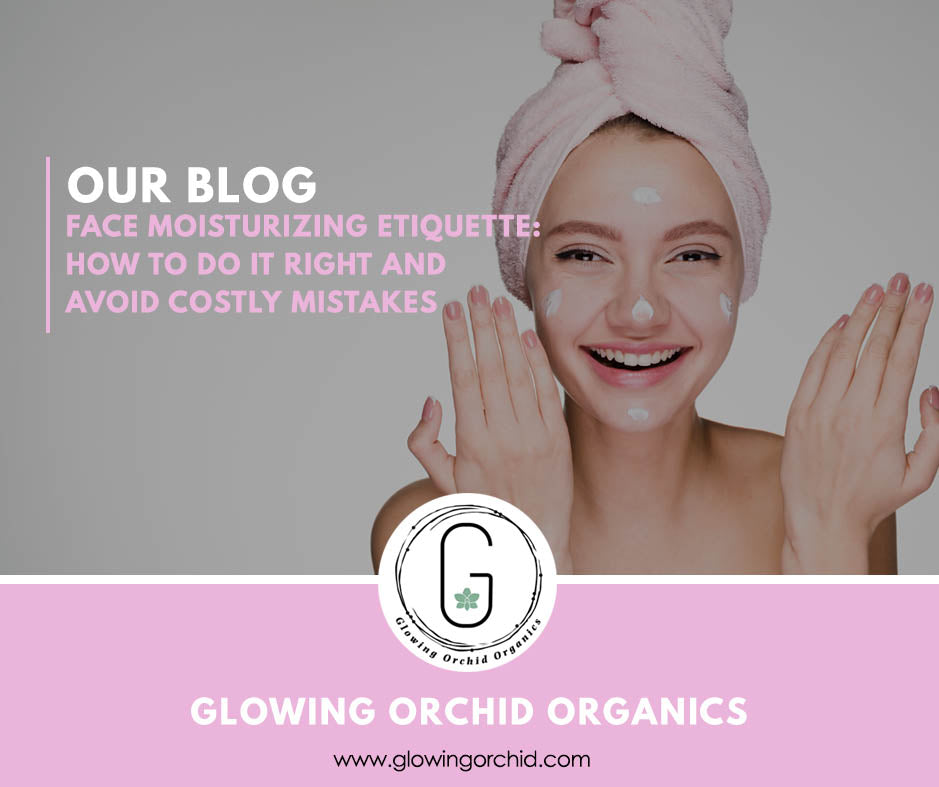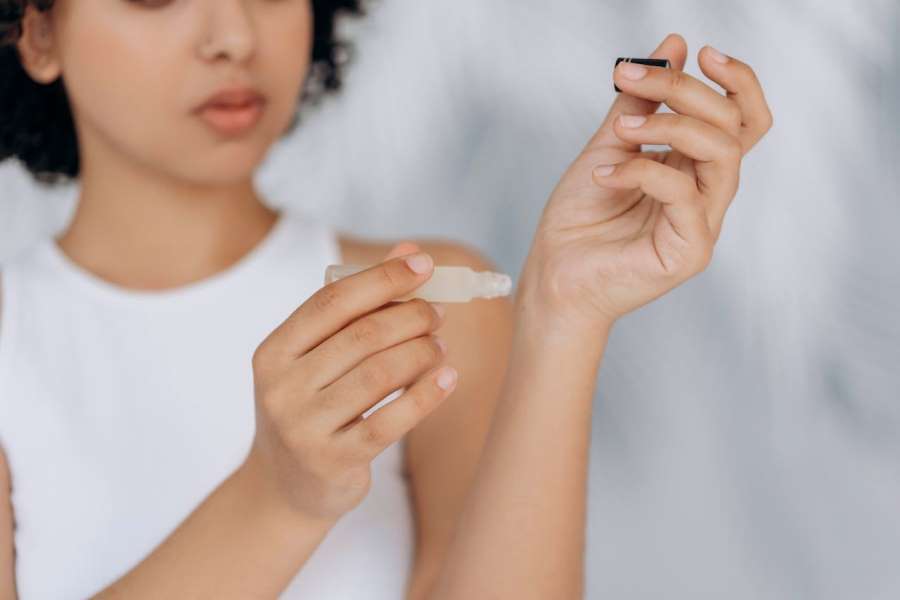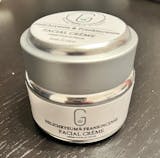Moisturization is a keystone in any skincare routine. I know this firsthand as I live in a cold, dry region (like much of Canada), and it tends to zap the moisture out of my poor skin cells. I’ve had days of dull, blemished complexion which only a good moisturizer could save.
So I explored various products, and I’ve been reading and listening to experts about skin moisturization. One thing I’ve learned is this: just because a lotion says “skin moisturizing” doesn’t mean you can just slap it on your face and it will work great on you. Sometimes, it can even cause adverse reactions! Frustrating, I know, but a lot of people have learned this lesson, too.







Love
December 30, 2020
Nice